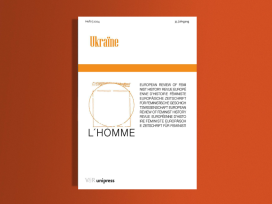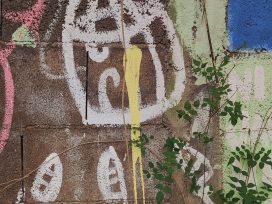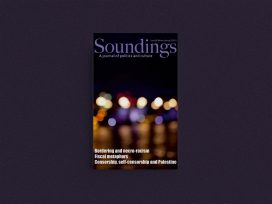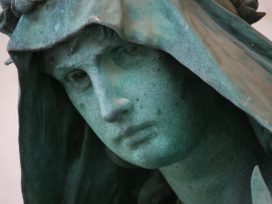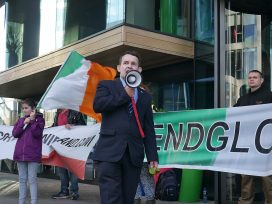Polish journalist Paweł Pieniążek, who has previously reported on the conflict in eastern Ukraine, is now in Kobane, northern Syria, from where he sent Eurozine these photos after returning from Raqqa. He was there between 29 September and 4 October 2017.
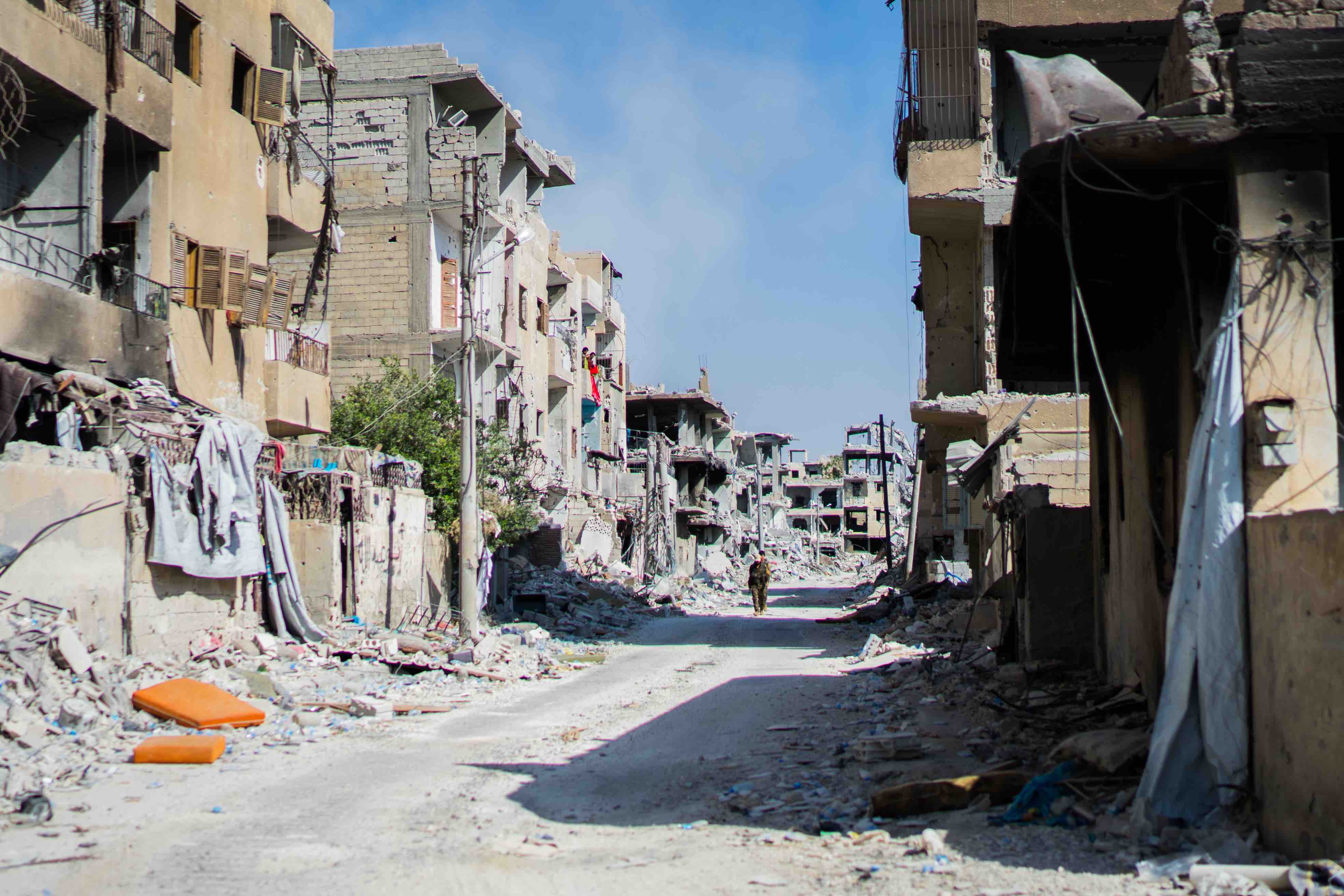
30 September 2017 – Raqqa, the self-declared capital of Islamic State (known as ‘Daesh’ in Arabic), has almost been liberated by Syrian Democratic Forces (SDF) and an international coalition led by the USA. The SDF mostly comprise Kurdish units: the YPG (People’s Protection Units) and YPJ (Women’s Protection Units). They are continuing to advance, and now control most of the city. Four months after the beginning of the offensive, the SDF has announced that the final stage in the liberation of the city has begun.
Photo: Paweł Pieniążek
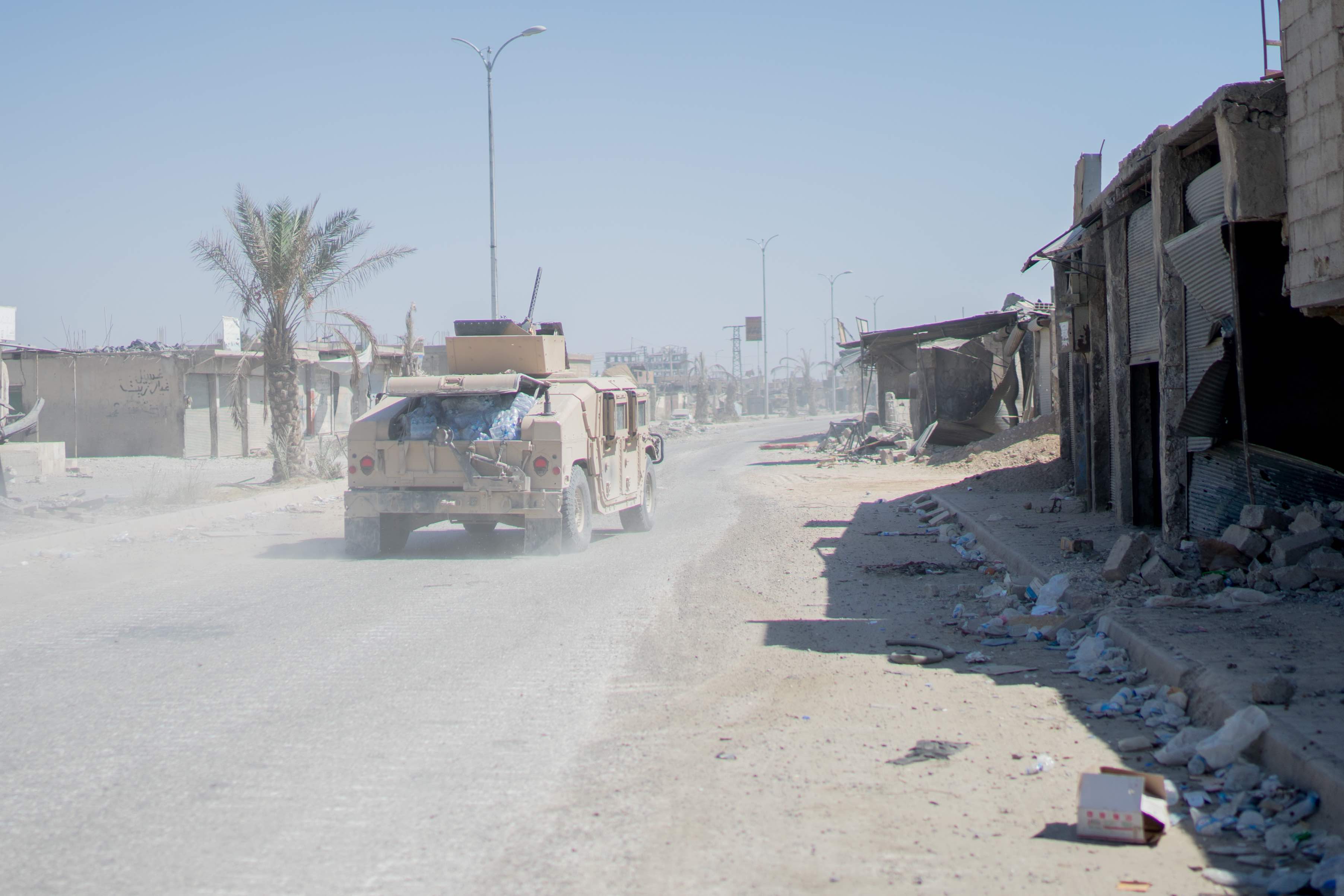
29 September 2017 – Humvee armoured four-wheel drive vehicles are the most popular form of transport for supplying SDF fighters in positions close to the city centre where IS fighters remain active.
Photo: Paweł Pieniążek
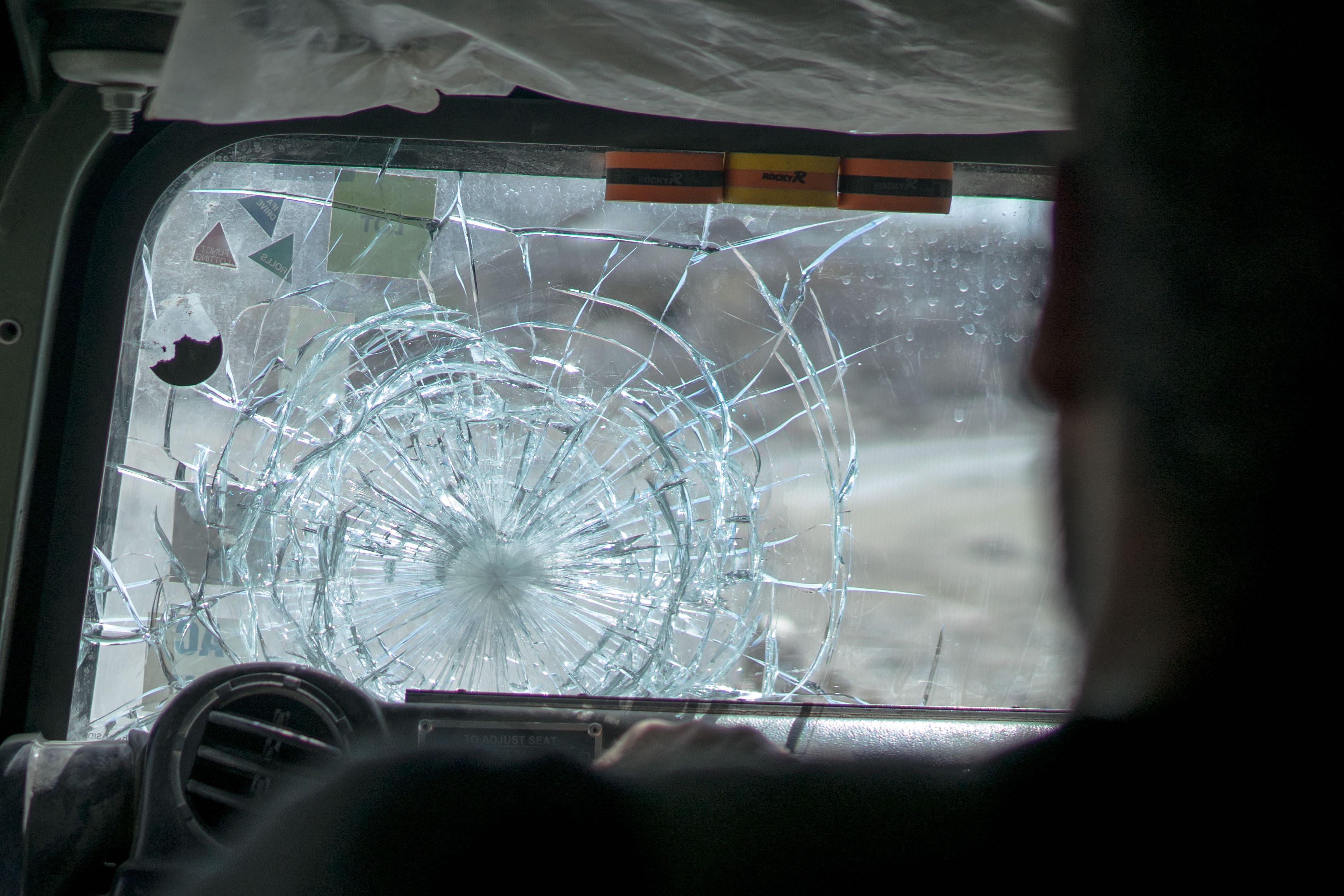
2 October 2017 – The Humvees on the frontline are targets for IS. Their armoured glass protect occupants from direct light arms fire. Journalists can travel to the front line in Raqqa only by Humvee.
Photo: Paweł Pieniążek
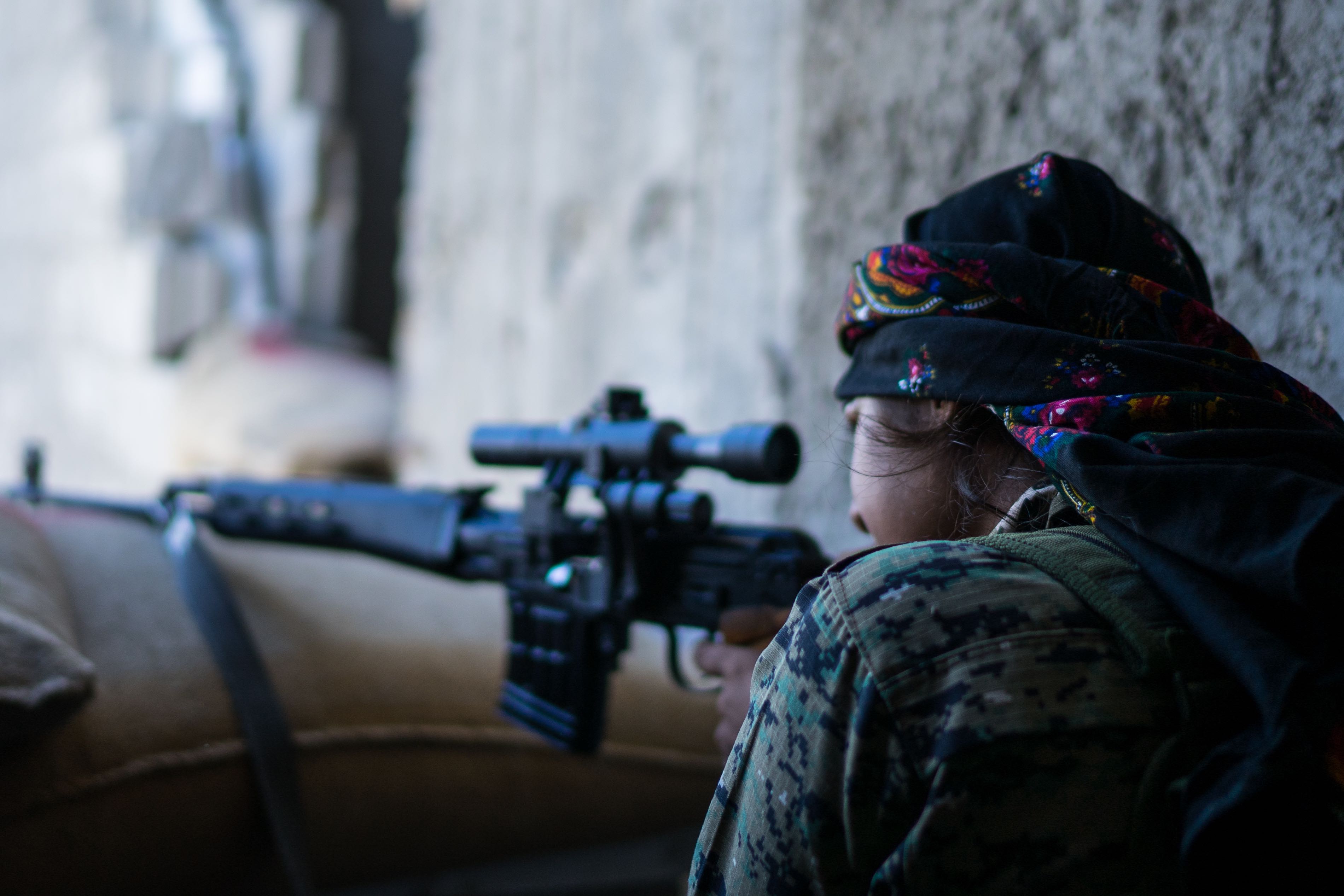
1 October 2017 – The YPJ are directly involved in the battle for Raqqa. One of its fighters is Rojin Zagrous (her nom de guerre). The YPJ gained fame during the battle for Kobane in 2014-2015, which ended in victory for the Kurds despite the city being surrounded by IS fighters. IS’ defeat in that battle halted the expansion of its self-declared caliphate in Syria. ‘We are even better fighters than the men,’ said Rohiv (also a nom de guerre), a YPJ commander.
Photo: Paweł Pieniążek
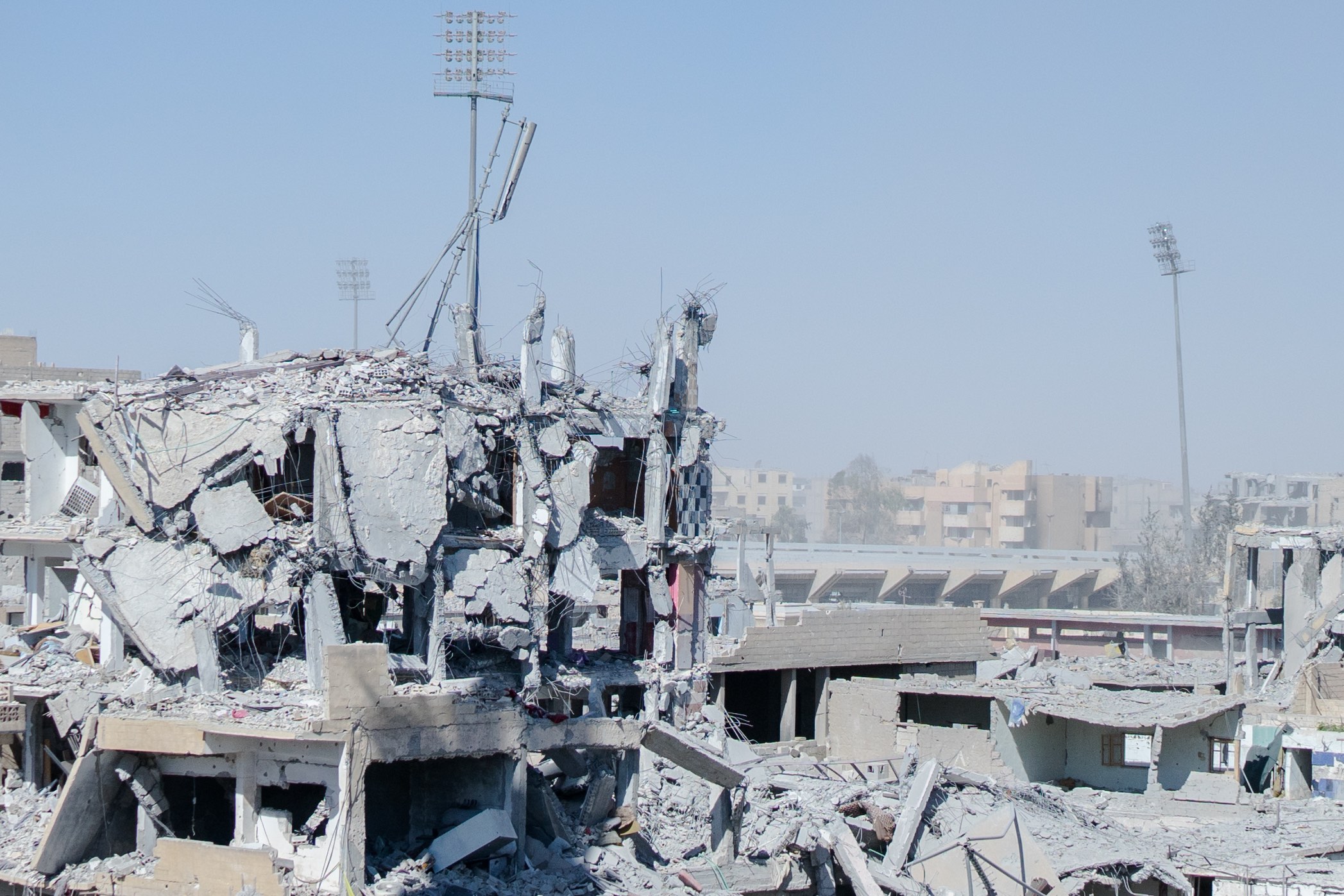
4 October 2017 – The most intense fighting in Raqqa is for the city’s hospital and its stadium. Here IS is using civilians as human shields. For this reason, recapturing the targets is taking longer than in other parts of the city. A few hundred IS fighters are left in Raqqa, according to SDF sources.
Photo: Paweł Pieniążek
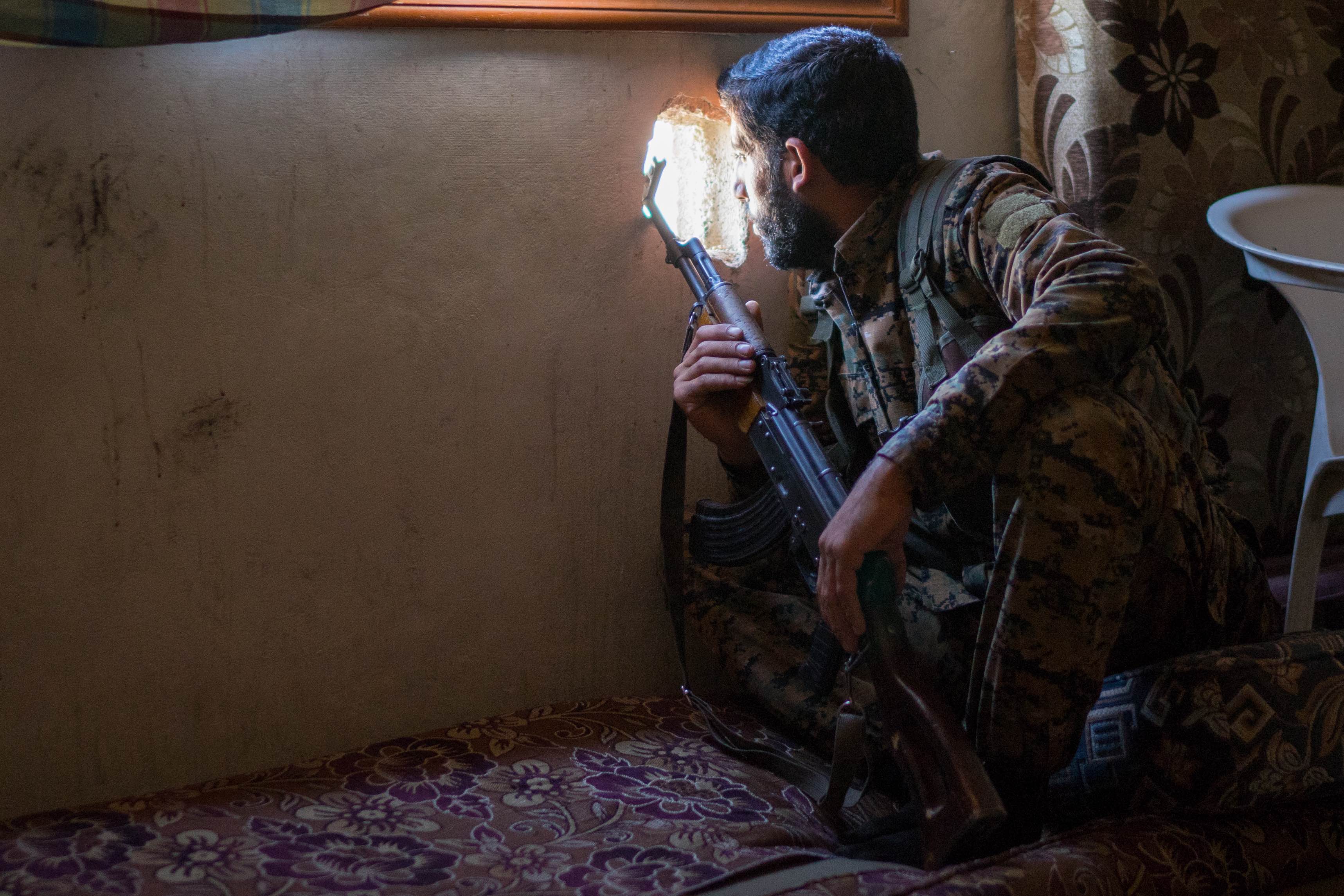
30 September 2017 – Qandil (his nom de guerre) has been an SDF fighter for almost one year. ‘Daesh is losing its power. You cannot compare this with the period when we were entering Raqqa,’ said the fighter. From his position he checks that IS fighters are not re-infiltrating the city among civilians.
Photo: Paweł Pieniążek
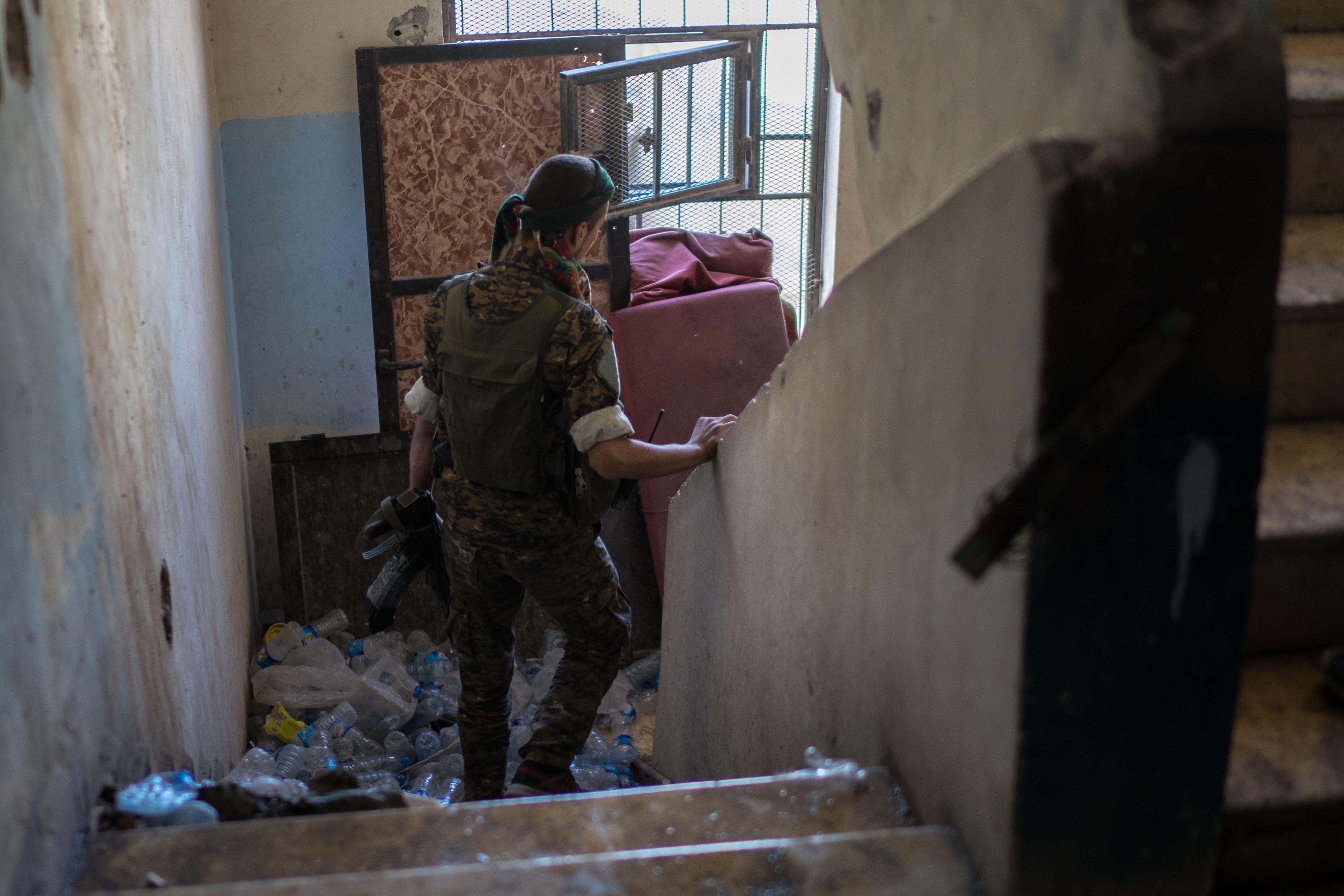
4 October 2017 – Fawzi (his nom de guerre) is the commander of the unit. He and most of his fighters are barely 20 years of age. In the staircase they leave dozens of empty bottles as an anti-IS strategy: when IS fighters try to sneak inside the buildings, the sound of the empty bottles alerts the guards.
Photo: Paweł Pieniążek
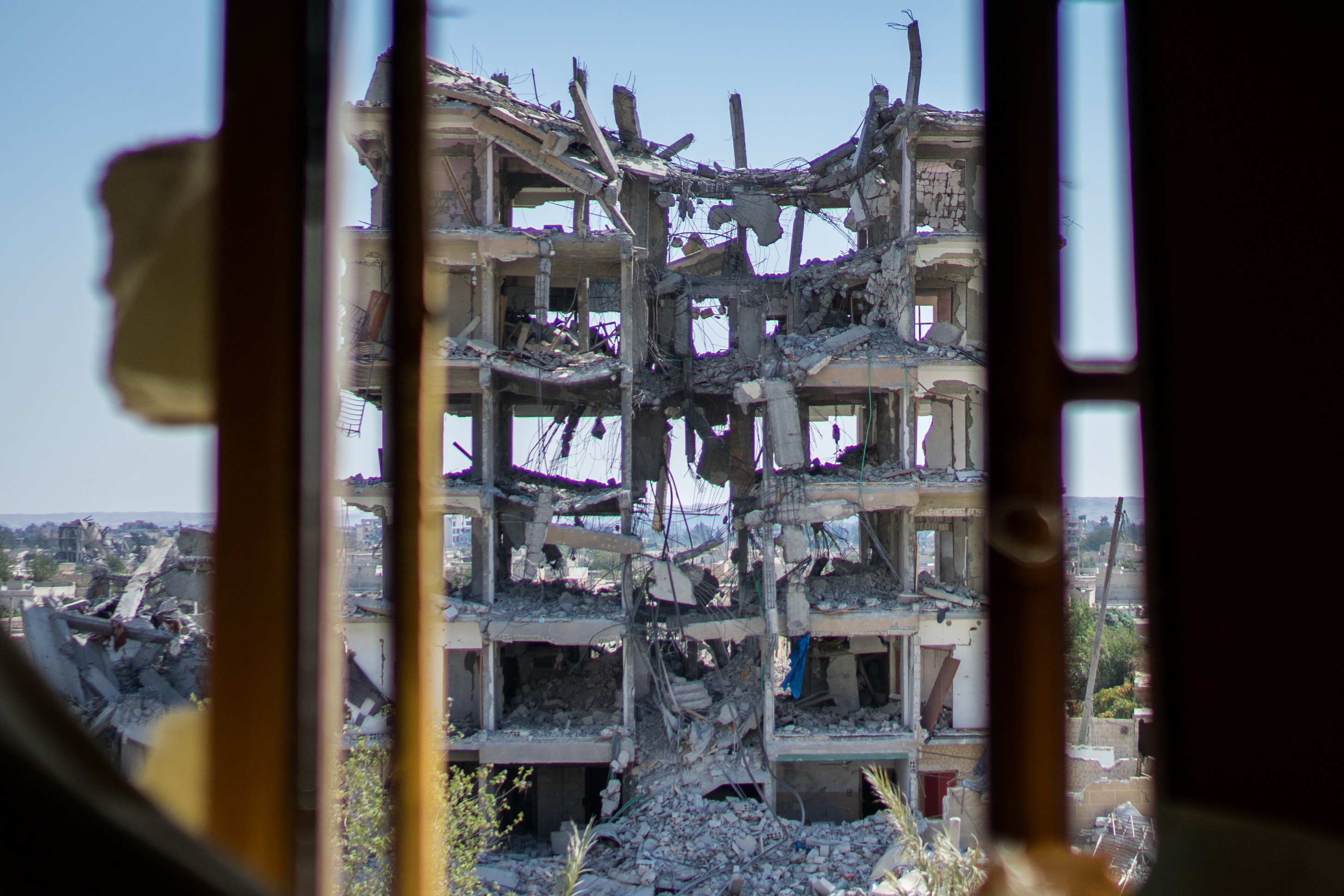
30 September 2017 – Recapturing the city carries a heavy price: Raqqa has experienced thousands of airstrikes. ‘During my stay there, over six days, I heard so many that I became used to them,’ Pieniążek remarks, ‘I simply stopped paying attention.’
Photo: Paweł Pieniążek
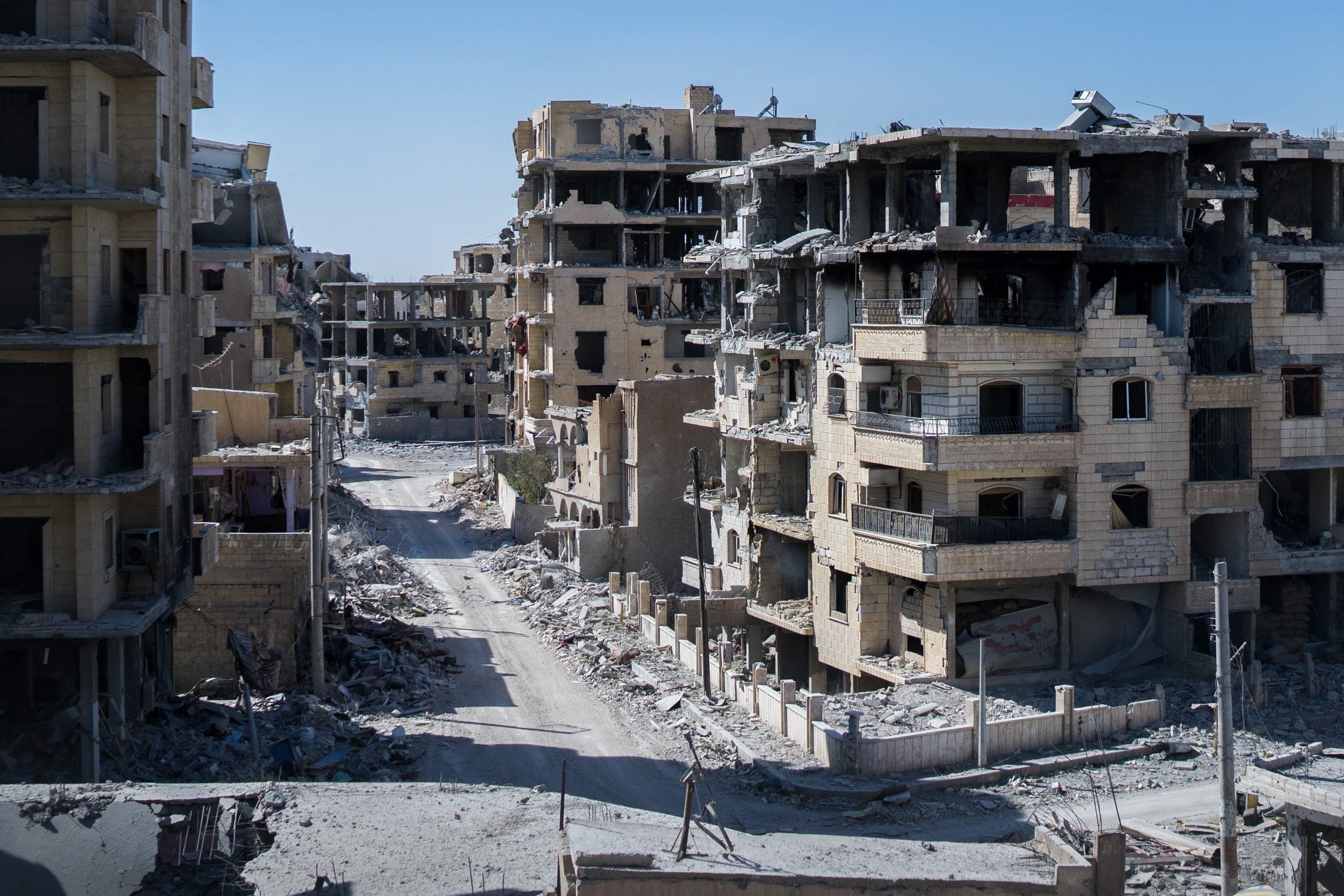
4 October 2017 – Almost every building in the city has been damaged or destroyed. There is no water or electricity. Nobody is returning to the city yet. The only civilians are in the surrounding areas and in parts of Raqqa still controlled by IS, where the jihadists do not allow them to leave.
Photo: Paweł Pieniążek
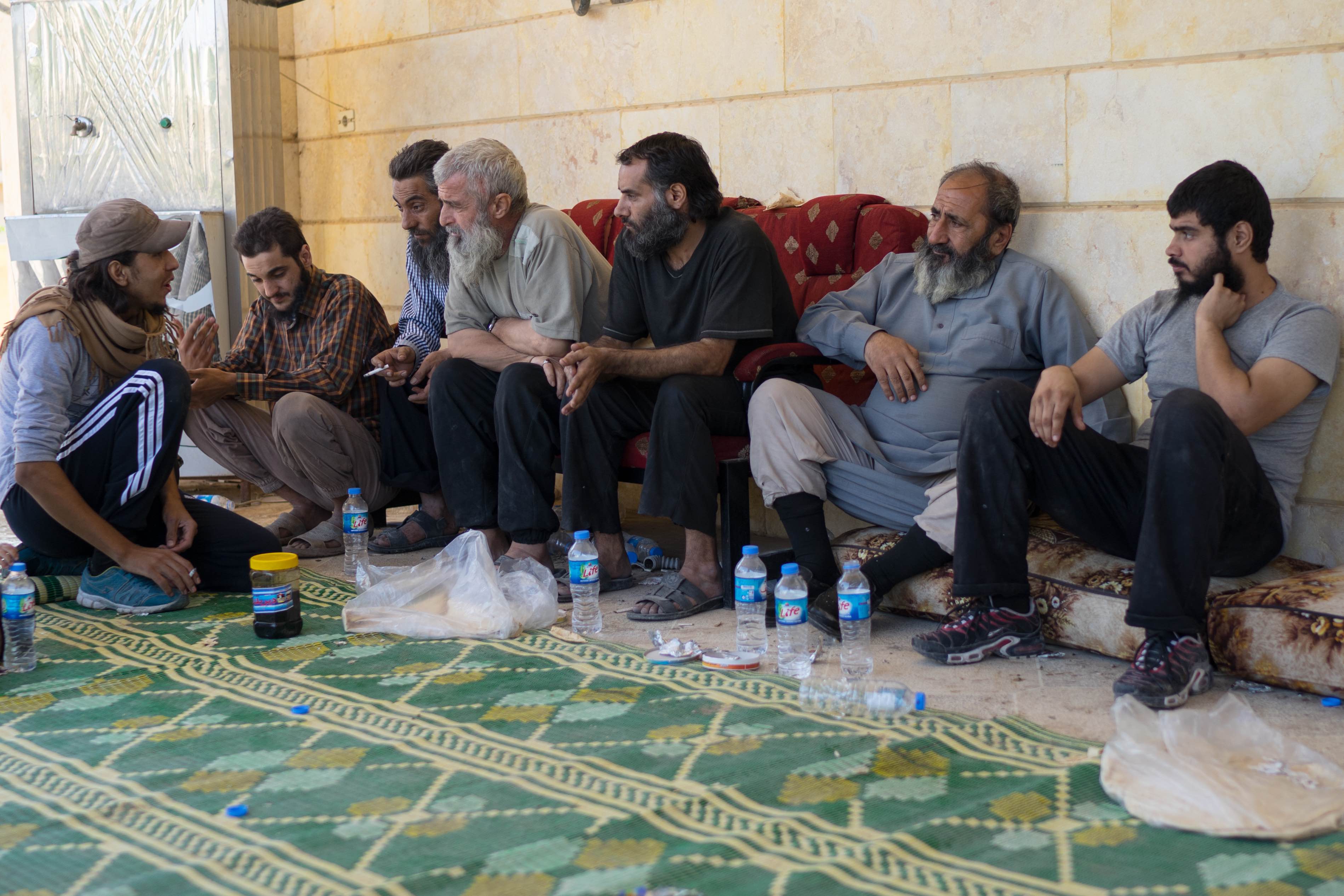
30 September 2017 – This group of civilians escaped from an IS-controlled area. Juma Hardan, 40 (third from right) said life there was too dangerous and there was no food, water or medicine. They fled in a group of thirty people when IS was pushed deeper into the city centre. They were then sent to a camp for internally displaced people (IDPs) at Ayn Issa, north of Raqqa.
Photo: Paweł Pieniążek
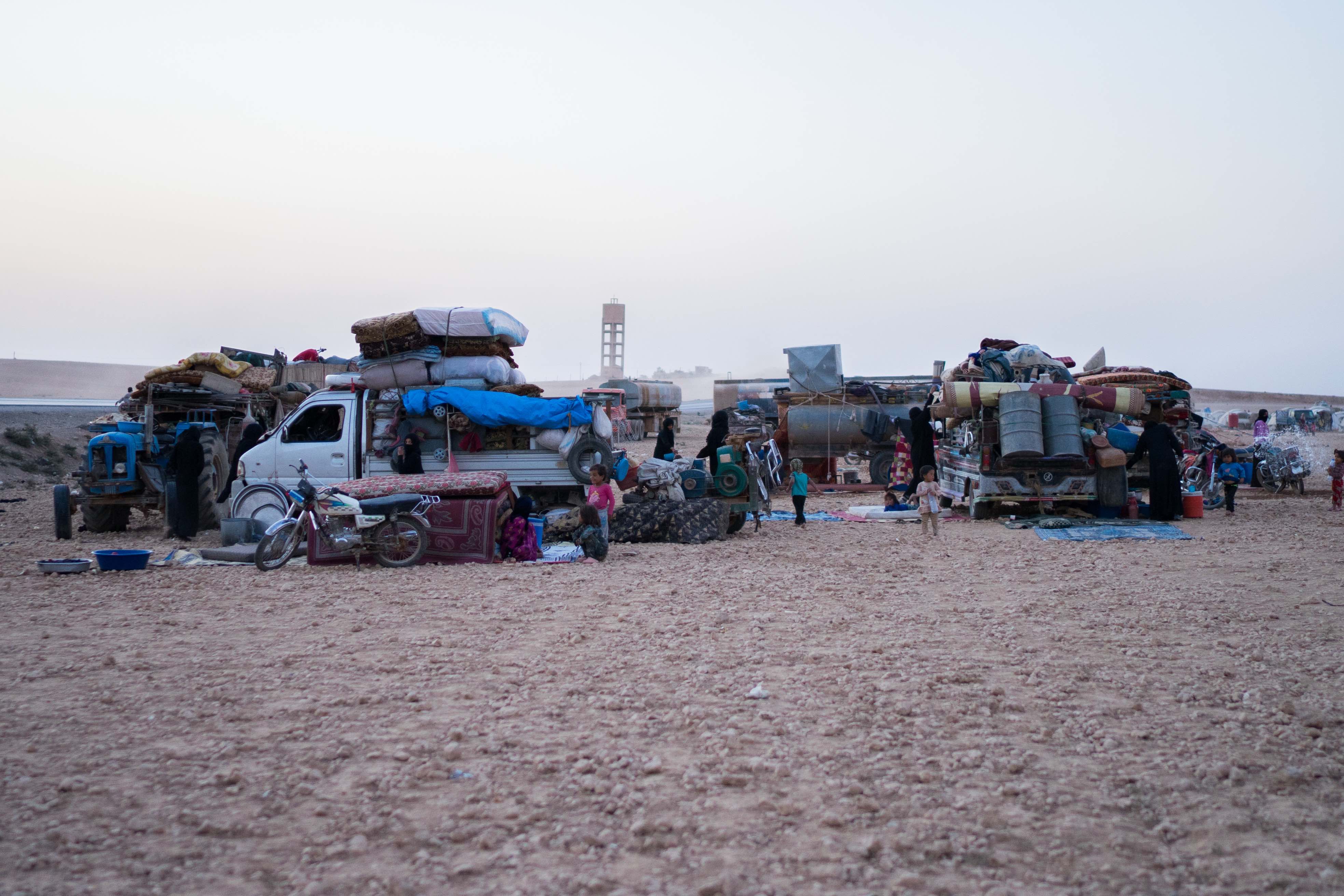
30 September 2017 – However, there is no more space in the tents at the Ayn Issa camp. Because of that people are using their cars, parked around the camp, as new homes. Most of the newcomers are from Deir ez-Zor, which is still controlled by IS. Syrian government forces supported by Russia are attacking the city from the west, while the SDF, backed by the US, is attacking from the east.
Photo: Paweł Pieniążek
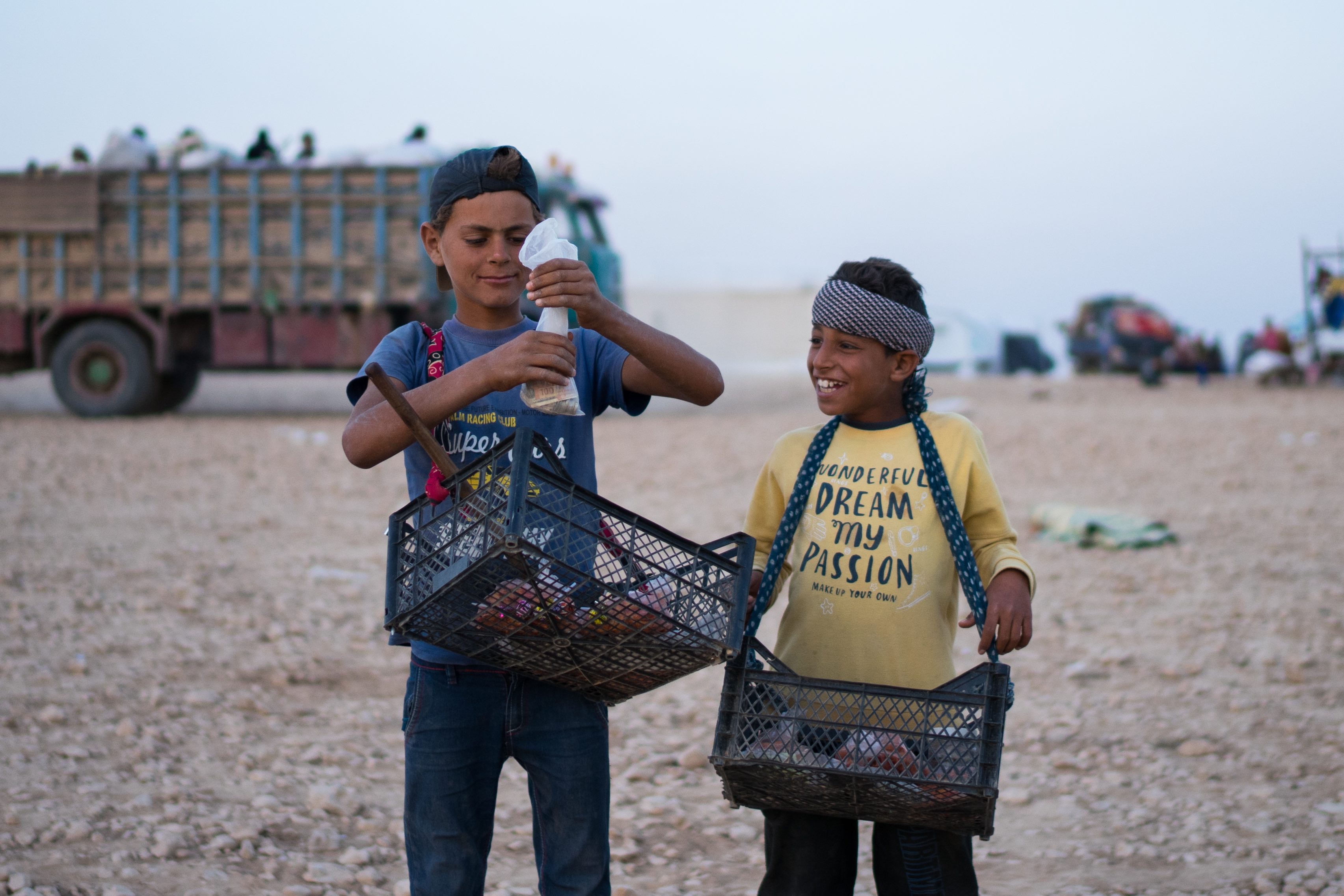
30 September 2017 – People are trying to pursue some kind of life amid the disruption. These two children at the Ayn Issa camp check how much money they have earned from selling sunflower seeds.
Photo: Paweł Pieniążek

